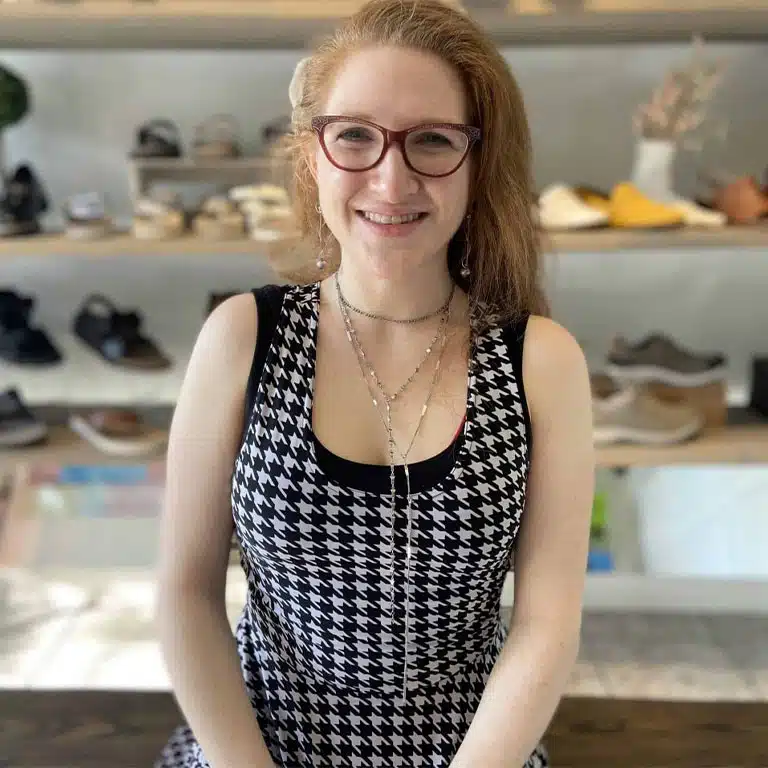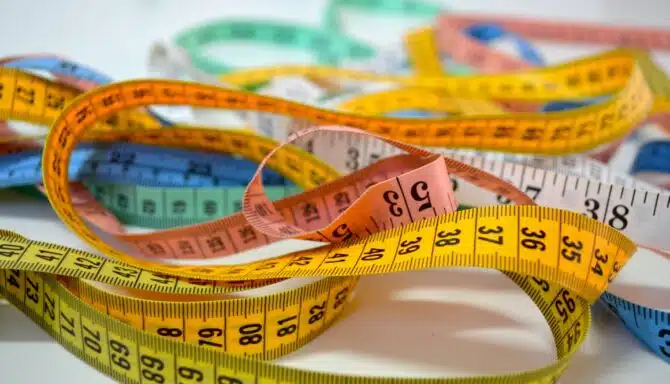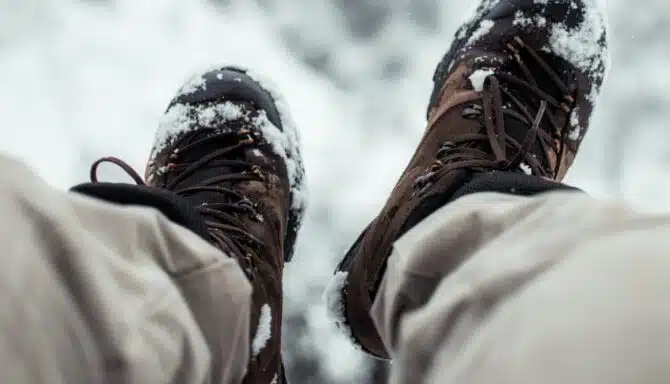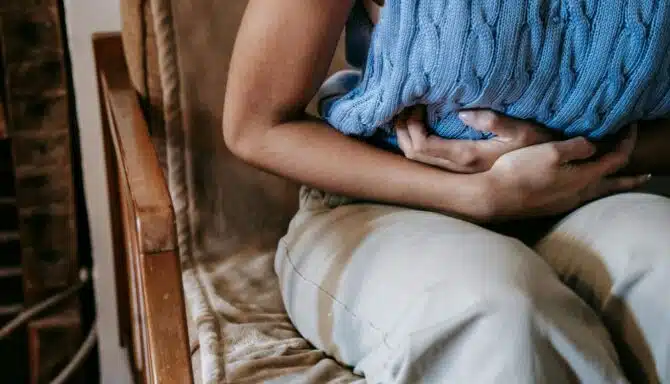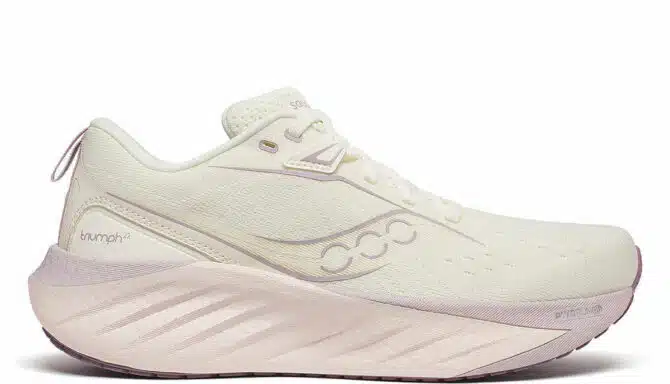As parents, we’re entrusted with our children’s well-being and health. And when it comes to our little ones, growing feet deserve our attention. Selecting the right shoes for kids is critical; it’s a crucial aspect of their comfort, development, and overall health.
But with so many options available, choosing the perfect pair can be overwhelming. In this guide, we will walk you through the essential considerations when picking the right shoes for your little ones so they can put their best foot forward with smiles on their faces and healthy, happy feet.
The importance of proper footwear for kids
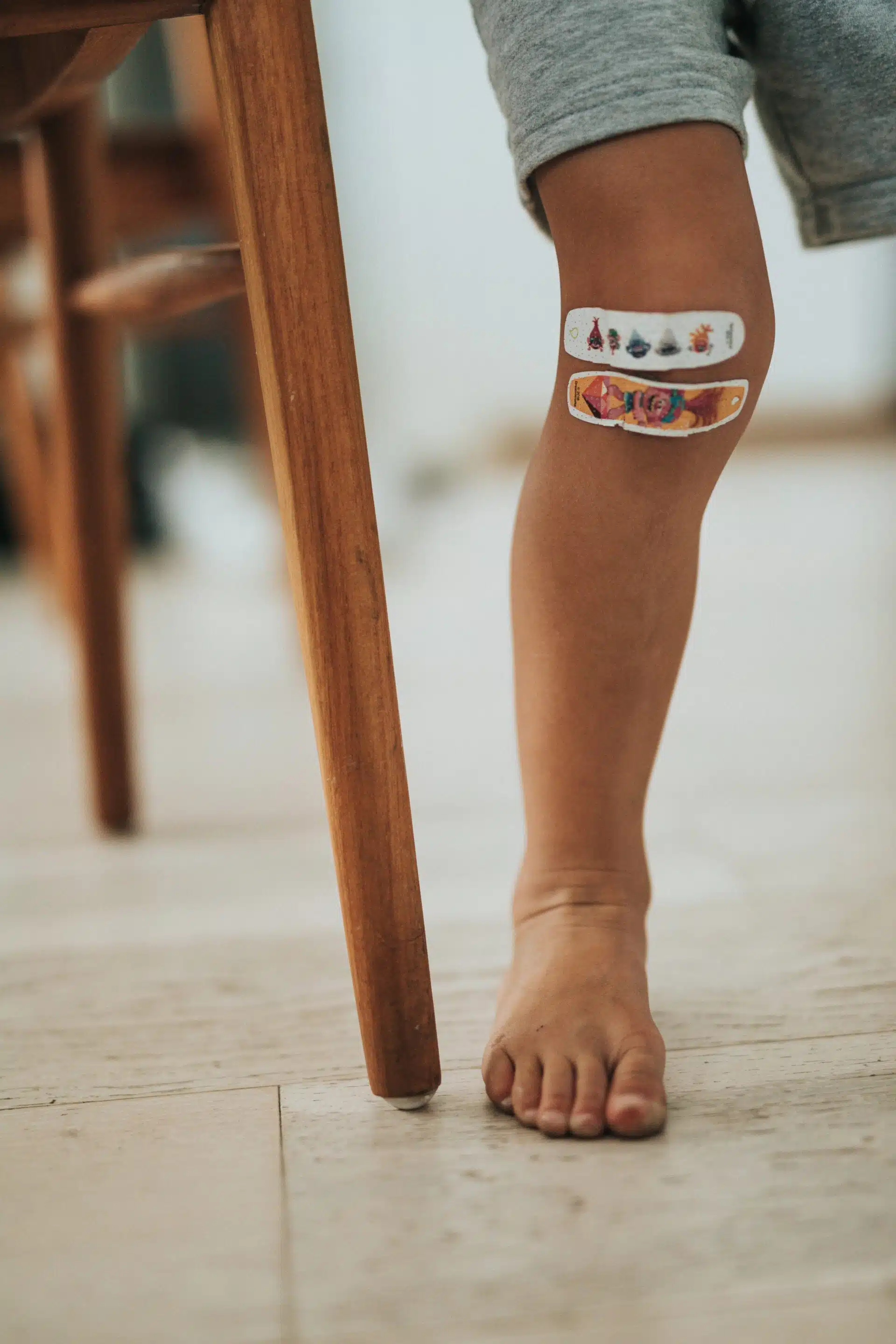
Proper footwear for kids is critical, as shoes can affect overall foot health and gait development. Specifically, proper footwear for children promotes the following:
- Healthy growth: Kids’ feet are continually growing and developing. Ill-fitting or unsupportive shoes can hinder their natural growth and development.
- Comfort and function: Well-fitted shoes ensure your child is comfortable and can move freely. The right shoes also provide support and stability, helping prevent accidents and discomfort.
- Foot Health: Proper footwear plays a significant role in maintaining healthy feet, preventing issues like blisters, calluses, ingrown toenails, and even long-term problems like bunions and misaligned toes.
- Posture and alignment: The right shoes can promote proper posture and foot alignment, reducing the risk of developing musculoskeletal issues later in life.
How do you choose footwear for kids?

There are a few considerations to think about when choosing footwear for kids. Children’s feet have special features, foot shape, and size that can change as they grow and age. Of course, you’re helping decide for them, but you should also check in with how they’re feeling and ask them how the shoes fit.
Fit
Ensure the shoes fit correctly. Children’s feet grow rapidly, so a proper measurement each time is essential to get the right size. Leave a bit of room (about 1-2 cm) at the front to accommodate growth.
The main area for growth will be in the toe box, so help your child with the fit by ensuring some room at the end of the shoe. Various studies suggest that children aged 2 to 6 years require a shoe size change every 1 to 2 months, while children aged 12 to 30 months require a shoe size change every two to three months. Foot growth slows over time, so the exact interval of new shoes may differ.
The shape of the toe box is also a factor. A toe box with a broader, rounded shape follows the contour of the feet and prevents issues like blisters and ingrown toenails.
Comfort and support
Look for shoes with cushioning and arch support. A good insole is essential for shock absorption and maintaining healthy arches. Kids’ shoes should be flexible to allow for natural foot movement. Rigid shoes can hinder healthy foot development.
Material
Choose shoes made from breathable materials to prevent excessive sweating and discomfort. You’ll also want to have a certain degree of durability. After all, kids will be kids. Invest in shoes with high-quality materials that can stand against the daily wear and tear of being a child.
Secure closure(s)
Opt for shoes with adjustable and secure closures like Velcro or laces. A secure closure ensures a proper fit and prevents tripping.
What are the best shoes for children?
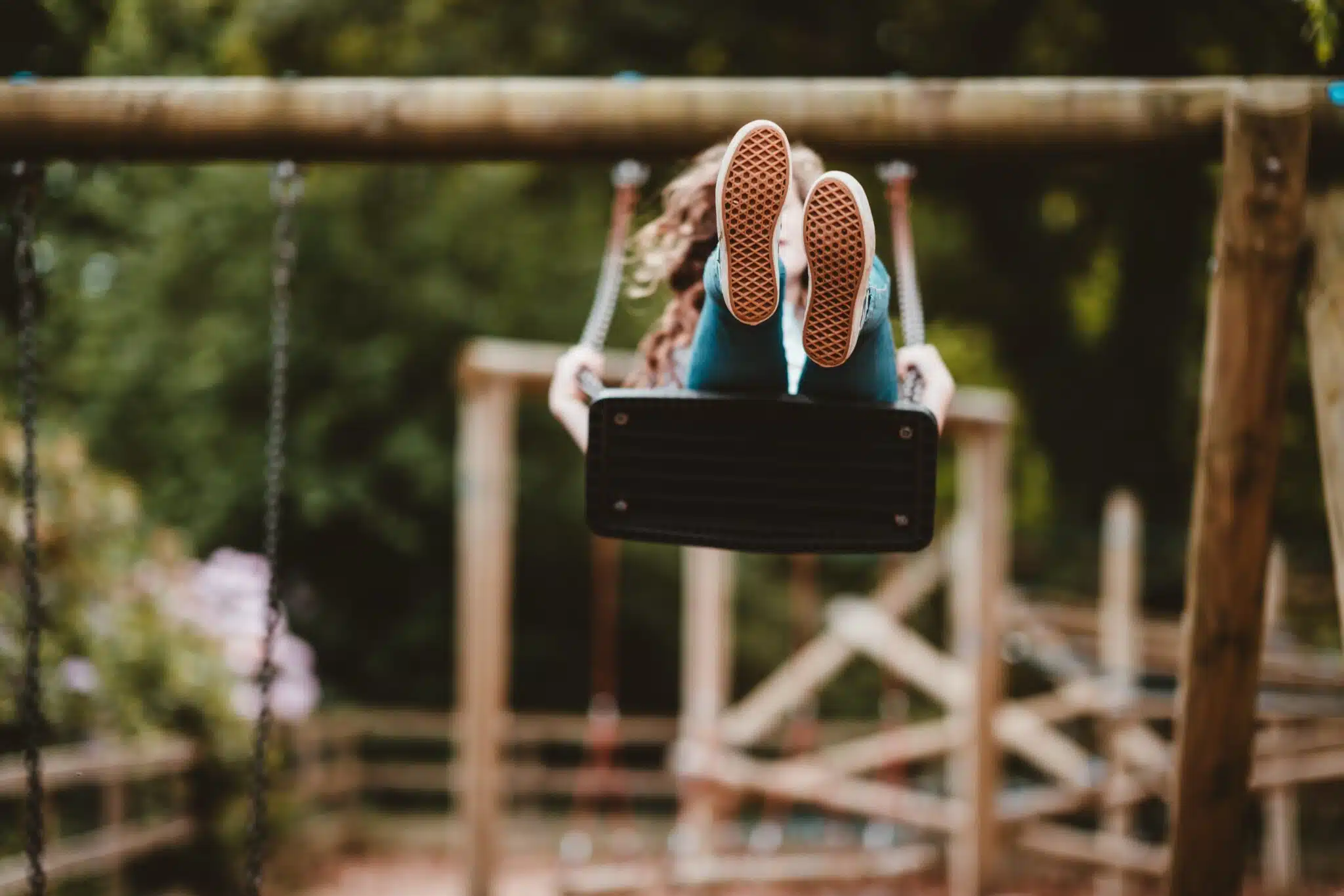
There is no one “best” shoe, as children need different shoes based on their age, gait, and a variety of other factors. However, we recommend the following shoes as good reference points to start your search:
- ASICS Gel-Excite: The ASICS Gel-Excite 10 Grade School features a high-quality upper to reduce irritation in the forefoot. Other benefits include toe rubber stitching and a solid rubber outsole to extend the shoe’s lifespan.
- ASICS GT-1000 12: The GT-1000® 11 Grade School is one of the few stability shoes available for kids. This is great if your child has flat feet or overpronates. The GT-1000 also provides excellent shock absorption with a softer feel underfoot, and are designed to withstand the strains of being a kid.
- Saucony Peregrine 11: The Peregrine is one of Saucony’s most popular all-terrain shoes, and it comes in kids sizing. The Peregrine 11 has a water-repellent mesh upper, built-in odour control and a durable outsole for serious traction. Your child will love hiking that much more with the Peregrine 11.
- Sorel Children’s Yoot Pac Nylon Boot: The Sorel Yoot Pac is an excellent choice for winter footwear. With a waterproof nylon upper, seam-sealed construction and cozy insulation, cold weather doesn’t stand a chance. The boot also comes with conveniently toggled laces. The inner liner with a sherpa collar is removable and washable.
You can also support your children’s footwear with a pair of inserts. Superfeet All-Purpose Support Medium Arch insoles give structured support where you need it most and help redistribute stress and strain on your entire body, not just your feet. They are designed to replace the removable liner in a wide range of footwear. Best of all, you can trim Superfeet to fit your shoe size.
Four tips for buying children’s shoes
Below are four tips to help you get the most out of shopping for your kids.
1. Shop in the afternoon or evening
Children’s feet tend to swell throughout the day, so it’s best to go shoe shopping in the afternoon when their feet are at their largest. That way, you leave more room without sacrificing too much of the fit.
2. Take your time
Allow your child to try on different styles and sizes. It’s essential that they feel comfortable and happy in their new shoes. Let them walk around the store to get a sense of the fit.
3. Listen for feedback
Children can often express when a shoe feels too tight or uncomfortable. Pay close attention to their feedback during the shopping process.
4. Consider specialty stores
Consider visiting a specialty shoe store if your child has unique foot needs, such as orthotics or extra-wide shoes. The experts at Feet First Clinic can help measure your kid’s feet and match them with the perfect shoe.

